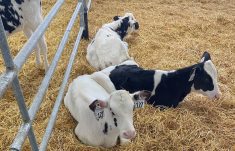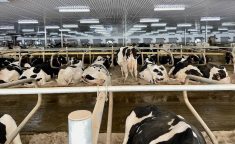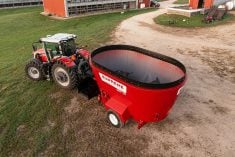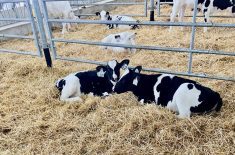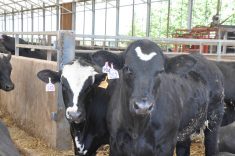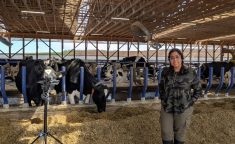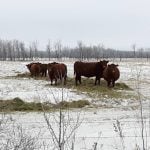New genetic sequencing research shows that stable flies carry pathogenic bacteria associated with mastitis.
Petri dish research is now supplemented with gene sequencing in the bacteriology lab so a team of scientists at the University of Wisconsin decided to update general understanding of relationships between dairy barn-dwelling flies and milk yield-robbing mastitis.
The research team published its results in the June 26 edition of the scientific journal Microbial Ecology.
Read Also

Beekeepers want financial protection against tropi mite
What happens to beekeepers if the deadly tropi mite reaches Canada? Discover why farmers want robust compensation to protect pollination.
Researchers Dr. Kerri L. Coon and PhD candidate Andrew Sommer said their initial goals included determining which bacteria species are prevalent within the microbiome of biting dairy barn flies, and determining if those flies acquire bacteria via interactions with manure. Manure is a larval habitat for flies and a major reservoir of pathogenic bacteria.
“While flies have long been circumstantially linked to mastitis and other diseases, there is actually very little research on the microbiome of biting stable flies,” they said in an email.
The challenge now is to determine the risk to cattle and humans who care for them.
“Most people have an intuitive understanding that flies are ‘gross’ and may harbour germs, but we want to go a step further to determine how exactly they pose a risk,” Coon and Sommer said.
“Adult stable flies are obligate blood-feeders and may regurgitate bacteria while feeding, which could pose a direct risk to cattle. Conversely, adult non-biting fly species may be more likely to carry specific bacterial pathogens as they opportunistically feed on manure, but may have fewer opportunities to directly spread the pathogen.”
Most of the work on flies as potential vectors of mastitis pathogens occurred in the mid-20th century before the invention of modern sequencing technologies. These studies identified non-biting house flies, also plentiful in North American dairy barns, as carriers of mastitis-associated bacteria using purely culture-based techniques — which means isolating bacteria in the flies to determine species.
For the study, flies and manure samples were collected weekly in two research farm locations: the UW-Madison Dairy Cattle Center in Madison and the Blaine Dairy Cattle Center in nearby Arlington. Coon and Sommer described it as the first study of its kind and their techniques allowed them to accurately compare the fly microbiota with that of the manure.
Management of flies
The researchers told Farmtario that determining how to respond to these findings “is an important but difficult question to answer.”
The team next plans a full examination of the genetic-based microbiota in non-biting dairy barn flies taken from the same sampling locations.
“We’ll also be teaming up with collaborators at the UW-Madison to examine how existing mastitis management practices impact pathogen carriage by flies on dairy farms within and outside of Wisconsin.”
An article on Veal Farmers of Ontario’s calfcare.ca website cites mastitis and pinkeye as diseases that can be spread by flies in dairy settings. The article advises “preventing a (fly) population build-up (by) controlling and eliminating flies at early life stages” because it’s easier than controlling established populations.
There’s an approximate three-week cycle for a fly to go from egg to maggot to adult.
“Manure and soiled bedding should be removed from the barn as far as possible,” the VFO article says. “Composting and turning or tilling a compost pile weekly should prevent flies from reproducing.”
Preventing a crust from forming on the surface of liquid manure will eliminate (fly) breeding sites.



